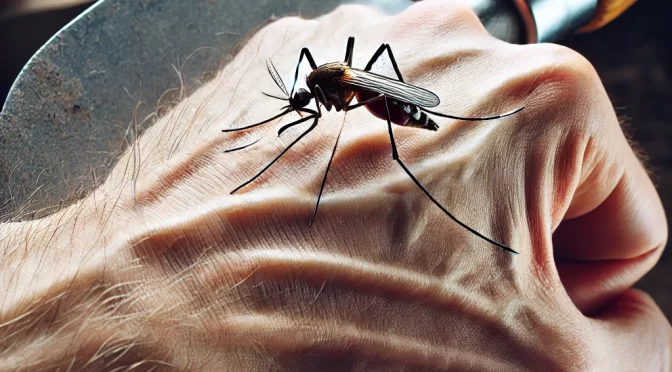Spring has come early to the Gulf Coast, with early March temperatures in the high 70’s & 80’s. In the Houston area south of I-10, many yards never had a hard freeze this winter, and hibiscus plants are throwing out new shoots and early flower buds.
To encourage those hibiscus plants to bloom, get out the garden gloves and do some Spring cleaning.
First, rake & break-up up the winter’s layer of mulch. Depending on the type of mulch used, clumps or a hard crust may have formed over the last few months. Discourage fungus and root-rot by loosening old mulch so that water and air can penetrate to the soil below.
Weeds are starting to grow, and it is a lot easier to pull out the small weeds now, than wait another month and deal with those long crab crass runners. Wear gloves. Accidentally grabbing and pulling something like a bit of thorny blackberry vine can really dampen one’s enthusiasm for gardening.
Before getting down to weed, check carefully for fire-ant nests! There is nothing quite like kneeling in a fire ant bed while pulling weeds, and the experience is best avoided.
This is also a good time to apply fire ant poison to yards and gardens. In addition to their nasty bites, fire ants “farm” aphids for food and can spread them all over your hibiscus plants.
For those who don’t mind using a moderate amount of chemicals in the yard, a weed preventative may also be applied to help keep weed seeds from starting.
Sometimes it is very difficult to pull weeds in the area along fence lines behind rows of plants. A weed killer, such as Roundup, can be an easy solution there. (Be very careful not to get it on any plant you want to live!) For a more organic solution, plain household vinegar will kill most weeds, although multiple applications might be needed.
To apply liquid weed killer to very specific spots, put a little on a sponge and dab the plant that needs killing. Sponge-end applicators are also available commercially.
Next, pull out the pruning shears and give your hibiscus plants a critical examination. Branches starting within a few inches of the ground, or ones that are sagging to the ground, should be pruned close to the trunk.
Be ruthless. Cutting off an apparently healthy branch might hurt a little now, but is much better than losing the whole plant to fungus or bugs later.
Unfortunately, a wide variety of diseases and insect pests love our tropical hibiscus plants. To prevent them from taking hold and spreading, plant and prune to allow good air circulation all around & through each plant.
Especially, open up the area around the lower trunk, and prune plants to allow some space between them for airflow. All branches should be trimmed from the first few inches (at least 4″ to 6″, personal preferences vary) above ground level. Spacing plants slightly apart also makes it more difficult for insects to spread from plant to plant.
Note: few hibiscus varieties are sprawling low-growing types. Such varieties can be planted in pots or even hanging baskets. Or, use stakes and ties to get branches up off the ground.
Once the garden has been weeded and pruning is done, add some fresh mulch where needed. Mulch holds in moisture, reduces weed growth, and usually provides an attractive contrast to foliage.
This is also a good time to apply fertilizer, but that is a topic for another article.
Related Images:

